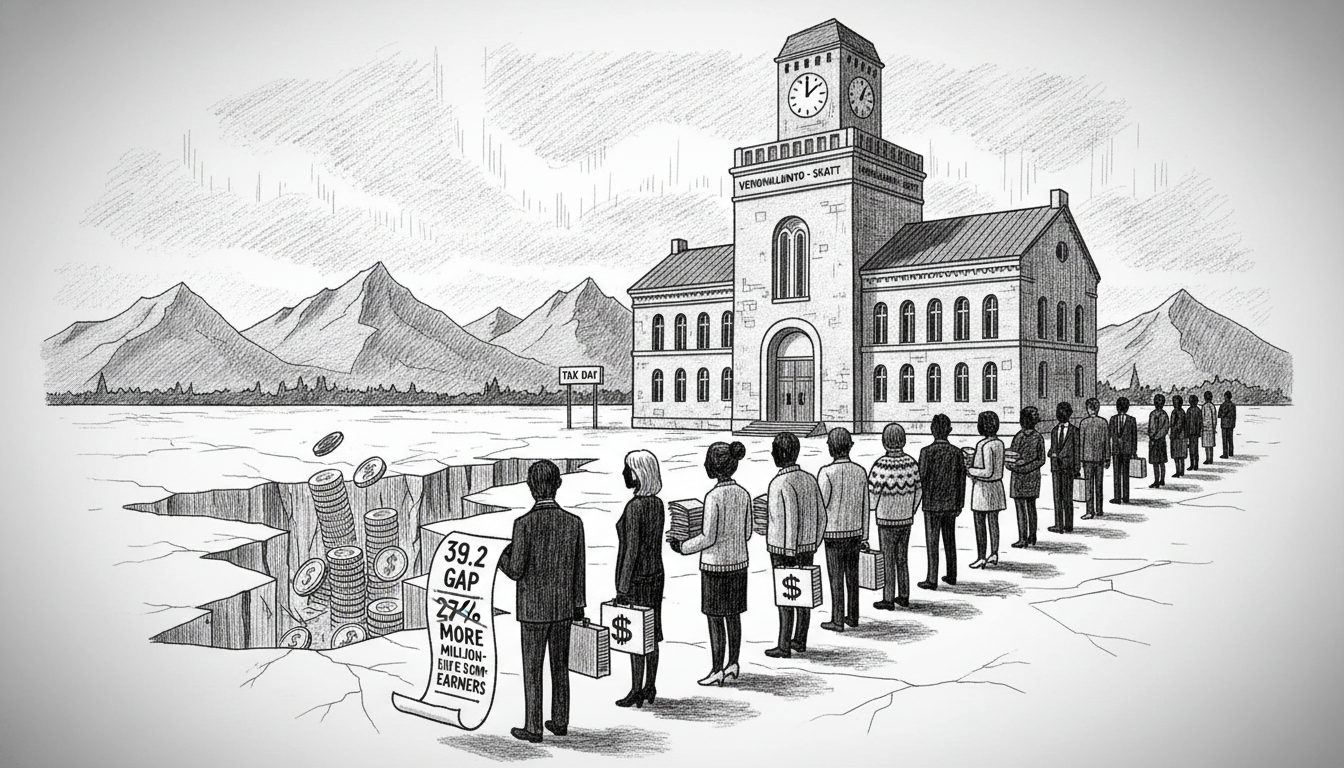Finns earned 159.5 billion euros in employment income and 14.8 billion euros in capital income during the most recent tax year. The Finnish Tax Administration will publish public income tax data this Wednesday, but the official figures tell only part of the story.
Public tax records show just 125.5 billion euros in employment income and 10.5 billion euros in capital income. This creates a massive 39.2 billion euro gap between actual earnings and what appears in public records. The missing amount represents about 23 percent of total income.
This discrepancy between real income and publicly reported figures has remained consistent for the past decade. The pattern reveals systematic limitations in Finland's tax transparency system.
Official data shows 950 taxpayers earned over one million euros. But when counting all income sources, the actual number of million-plus earners reaches 1,208 individuals. That means 27 percent more high earners exist than the public records suggest.
Why does this gap persist? Public tax data only includes income subject to earned income tax. It excludes tax-free benefits, tax-exempt portions of capital gains, and interest income taxed through separate withholding tax.
Aki Savolainen, a controller at the Tax Administration, explained the limitations. 'Public data doesn't show interest income subject to withholding tax. Approximately one billion euros in interest income was paid last year,' he stated in a release.
Deductions create another layer of separation between real earnings and public records. The public data shows taxable income after deductions, including both automatically applied and personally declared deductions approved by tax authorities.
'Deductions largely explain the difference between actual income and what appears in public data,' Savolainen noted. 'The deduction amount isn't public information, so you cannot directly determine someone's salary from a specific job based on public data.'
The most substantial employment income deduction involved mandatory pension and unemployment insurance payments. These totaled 9.2 billion euros last year. Other common deductions include work-related expenses and travel costs.
This transparency gap matters because Finland prides itself on open tax records. The system allows public scrutiny of earnings, supporting social equality. But the hidden billions undermine this principle. They complicate efforts to understand true income distribution and wealth concentration.
International readers should note that Nordic countries typically maintain high tax transparency. Finland's system lets anyone check neighbors' or colleagues' declared incomes. Yet the substantial hidden income reveals the system's limitations. The missing 39 billion euros represents money flowing outside public view, affecting how we understand economic inequality.
The consistent pattern over ten years suggests structural rather than temporary factors. As Tax Day approaches, these figures remind us that public records provide only a partial picture of Finland's economic reality.

